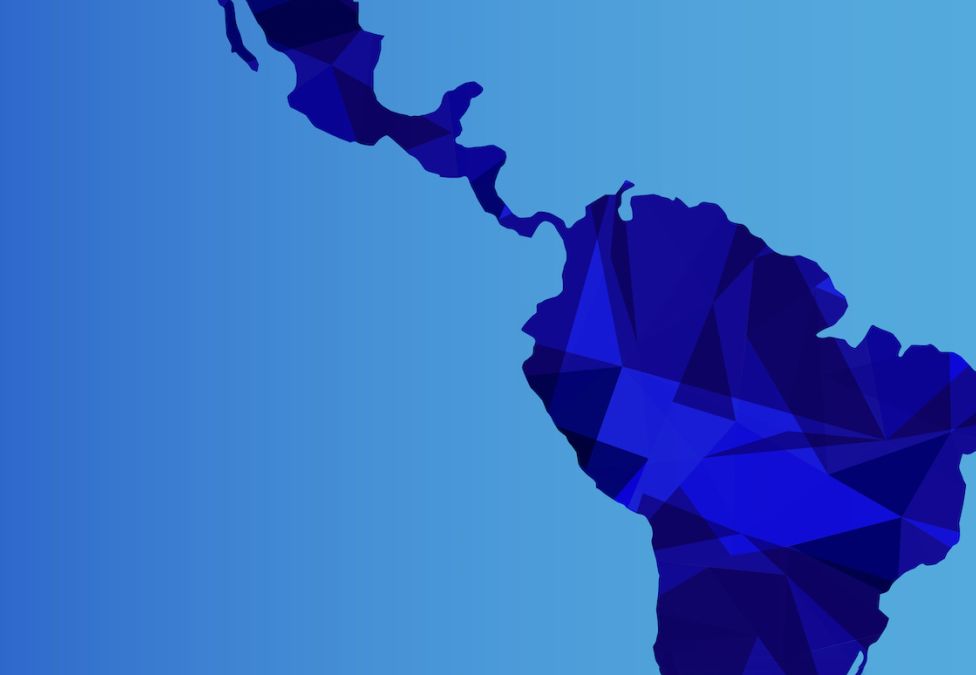
This report uses the 2021 Global Opportunity Index and its different categories to provide an overview of Latin America's attractiveness to foreign investors, especially when compared to other emerging markets and developing economies (EMDE). It also offers an in-depth look at Latin America's global capital inflows (emphasizing their composition and evolution over the past decade) and the regions' cross-border M&A activity.
The report illuminates Latin America's declining ability to attract foreign capital over the past decade and, by doing so, helps to identify opportunities to improve foreign investors' perception of the region.
The analysis shows that when it comes to attracting foreign investors, Latin American countries compare well with other emerging markets and developing economies in the following categories:
-
Workforce Talent, which captures the qualifications and diversity of the labor force
-
Financial Size and Condition, which reflects the breadth and depth of the existing financial system
-
However, Latin America underperforms relative to other emerging markets and developing economies in two key areas:
-
Business Constraints, including the cost and time required to start a new business and the percentage of firms that identify corruption, labor regulations, and taxes as an impediment to business
-
Investors' Rights, which account for the strength of investors' protection, property rights, and instability in government policymaking
Overall, the report highlights that many of the main challenges to foreign investors (and, more broadly, to a sound investment climate in the region) stem from the lack of a strong, transparent, and predictable legal framework, including well- functioning legal and judicial systems. Thus, the analysis suggests that Latin American governments must take concrete measures to strengthen the rule of law and tackle the pervasive corruption that undermines public trust.


